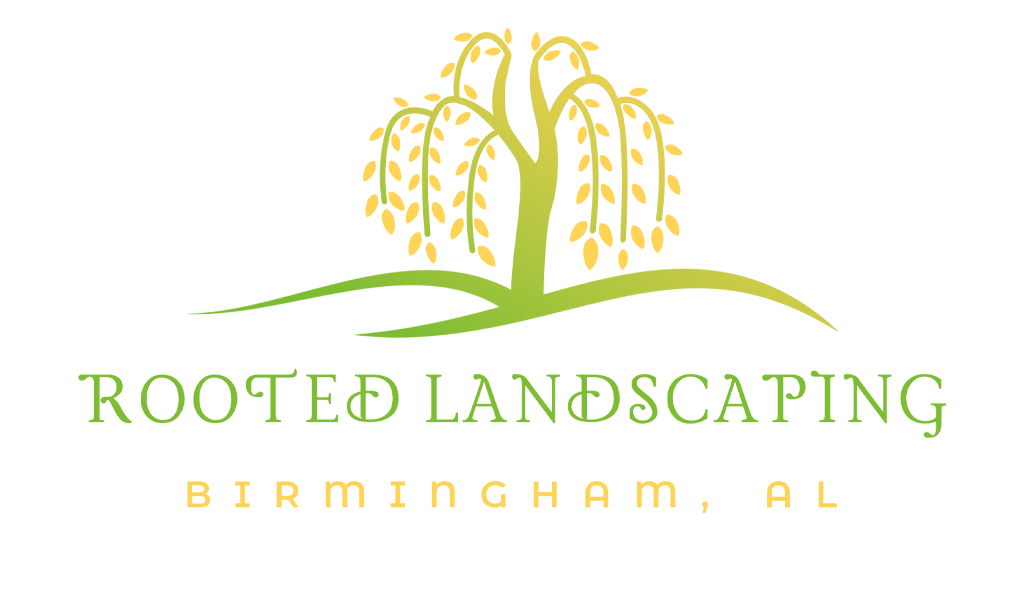Title: Creating a Sustainable Landscape in Vestavia Hills, AL: Tips and Ideas
Vestavia Hills, Alabama, known for its picturesque landscapes and lush greenery, is a place where residents take pride in their outdoor spaces. As we become more conscious of our environmental impact, creating a sustainable landscape has become a top priority for many homeowners in Vestavia Hills. By implementing eco-friendly practices and choosing native plants, you can create a beautiful and sustainable landscape that benefits both your property and the environment.
Here are some tips and ideas for creating a sustainable landscape in Vestavia Hills:
1. Choose Native Plants: Opting for native plants in your landscape design is key to creating a sustainable environment. Native plants are well-adapted to the local climate and soil conditions, requiring less water, fertilizer, and maintenance compared to non-native species. They also provide habitat and food for local wildlife, promoting biodiversity in your garden.
2. Incorporate Rainwater Harvesting: Alabama experiences periodic drought conditions, making water conservation a crucial aspect of sustainable landscaping. By incorporating rainwater harvesting systems such as rain barrels or cisterns, you can collect and store rainwater for later use in watering your plants. This not only reduces your water bill but also helps alleviate strain on municipal water resources.
3. Use Permeable Paving: Instead of traditional impermeable surfaces like concrete or asphalt, consider using permeable paving materials such as gravel, permeable pavers, or porous concrete in your landscape. Permeable surfaces allow rainwater to infiltrate the soil, reducing runoff and preventing erosion. This helps recharge groundwater supplies and reduces the risk of flooding during heavy rain events.
4. Implement Sustainable Irrigation Practices: Efficient irrigation is key to maintaining a sustainable landscape. Consider installing a drip irrigation system that delivers water directly to the root zone of plants, reducing water waste through evaporation and runoff. Additionally, invest in a smart irrigation controller that adjusts watering schedules based on weather conditions and soil moisture levels.
5. Compost Organic Waste: Instead of sending yard clippings, leaves, and kitchen scraps to the landfill, start a compost pile in your backyard. Composting organic waste not only reduces your carbon footprint but also produces nutrient-rich compost that can be used to enrich your soil and improve plant health. It’s a simple yet effective way to close the loop on waste and promote a healthy ecosystem in your garden.
Creating a sustainable landscape in Vestavia Hills is not only beneficial for the environment but also adds value to your property and enhances the beauty of your outdoor space. By incorporating native plants, rainwater harvesting, permeable paving, sustainable irrigation practices, and composting into your landscape design, you can create a thriving ecosystem that supports local wildlife and conserves precious resources.
Whether you’re a seasoned gardener or a beginner looking to make your outdoor space more sustainable, these tips and ideas will help you transform your landscape into a haven of biodiversity and beauty. Take the first step towards creating a sustainable landscape in Vestavia Hills and contribute to a greener, healthier future for your community.


